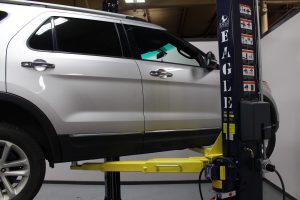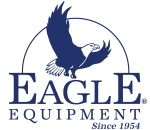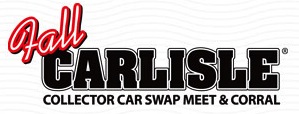Hur man läser och förstår instruktionerna från Eagle Equipment
I spent the better half of last Saturday at the local IKEA store to purchase a bookshelf. IKEA is a Swedish-based company and has become quite popular in America, among other countries. When you shop there, the product labels and descriptions are mostly in Swedish and include a lot of visual instructions. But, you can get cool stuff at incredible prices … and it’s a great experience (complete with the most delicious Swedish meatballs in their cafeteria!)
When I got home and begun to put it together I realized the importance of good instructions for customers who have to set it up, in a language they can understand. To say I was a bit frustrated would be an understatement. The picture-only instructions with warnings written in Swedish were not comprehensible to me. How am I supposed to understand that? So, I did what I think anyone would have done…. I did my best and just hope it doesn’t topple over. Fingers crossed.
I began to look back on the manuals that Eagle Equipment provides our customers and feel like we do an exceptional job of helping you get your equipment up and running, or troubleshooting a problem, if ever one arises. We don’t just leave with you with some fun pictures to look at, but really useful stuff!
Everyday, Eagle Equipment Customer Service gets calls from customers who fail to even acknowledge the instructions. (Perhaps they assume they are similar to the IKEA ones and will be of no help, or perhaps they assume they know what they’re doing … until they don’t.) Either way, here are some examples of recent calls that would have been spared if the manuals were glanced at first. Failure to read the instructions can ruin your brand new machine.
“I’m having trouble calibrating my new Eagle wheel balancer.”
Answer is found on page 5 of the Operation manual: “The wheel balancer comes pre-calibrated from the factory. DO NOT calibrate the unit before using it.”
“My lift is shimmering or shaking when it goes up and down. Yes, I did use ATF.” Answer is found on page 17 of the Installation & Operation manual: “DO NOT USE ATF.”
As we are informed every day, there are professionals out there who have been installing lifts for years, and they know what they’re doing. However, times have changed. Product has changed. Most automotive lifts sold in the American market today are made in China. Some of these are wired differently than others. Some lifts are self-bleeding; some need to be manually bled. Some lifts use ATF; some do not. This is where the Installation and Operation instructions come in handy.
Why calibrate a brand new wheel balancer that doesn’t need it, or ruin the hydraulics of a brand new lift (and thereby voiding your warranty); rather than simply reading the instructions?
If you do know of a way that Eagle Equipment could improve their instructions, please let us know.
P.S.: Please post in the comments if you know what the title to this blog post says in English!
 At Eagle Equipment, we feel that one of the most important parts of our job is helping customers make the most informed purchase they can. We often find ourselves as educators; correcting many assumptions in the industry.
At Eagle Equipment, we feel that one of the most important parts of our job is helping customers make the most informed purchase they can. We often find ourselves as educators; correcting many assumptions in the industry.


